10 Best Herbal Creams For Pimples
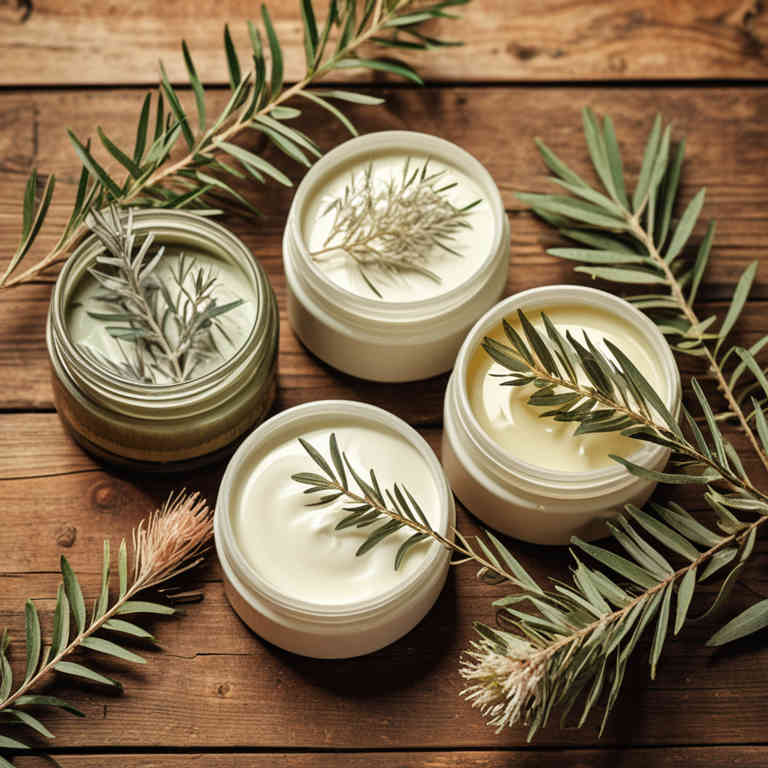
Herbal creams for pimples are natural topical treatments that incorporate plant-based ingredients known for their anti-inflammatory and antibacterial properties.
These creams often contain ingredients such as aloe vera, tea tree oil, neem, and chamomile, which help to soothe skin irritation and reduce acne breakouts. Unlike some chemical-laden acne products, herbal creams are generally considered gentle and less likely to cause skin dryness or irritation. They are popular among individuals seeking a holistic approach to skincare and those with sensitive skin.
However, it's important to consult a dermatologist to ensure the cream is suitable for one's specific skin type and condition.
FREE Herb Drying Checklist
How to make sure every batch retains maximum flavor, color, and aroma without the risk of mold or over-drying. Eliminate guesswork and trial-and-error, making herb drying faster, easier, and more efficient every time.
Table of Contents
1. Aloe barbadensis
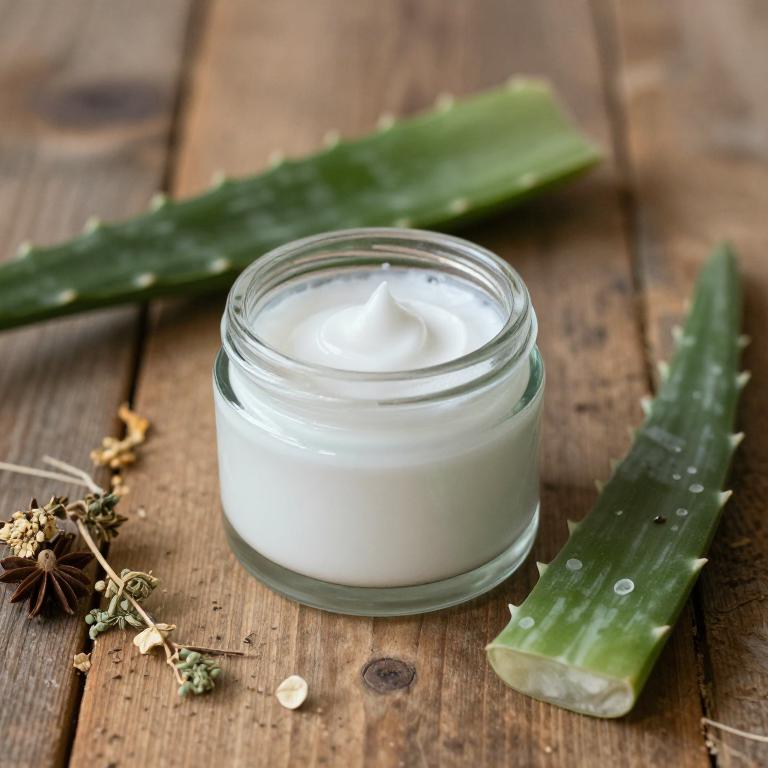
Aloe barbadensis, commonly known as aloe vera, is widely used in herbal creams for treating pimples due to its soothing and anti-inflammatory properties.
These creams often contain aloe vera gel, which helps to calm redness and reduce swelling associated with acne. The plant's natural antimicrobial compounds can help fight the bacteria that contribute to breakouts. Aloe-based creams are also known for their moisturizing effects, which can prevent the skin from drying out and becoming more prone to acne.
Because of these benefits, aloe vera herbal creams are a popular choice for those seeking natural remedies for skin issues like pimples.
2. Hypericum perforatum
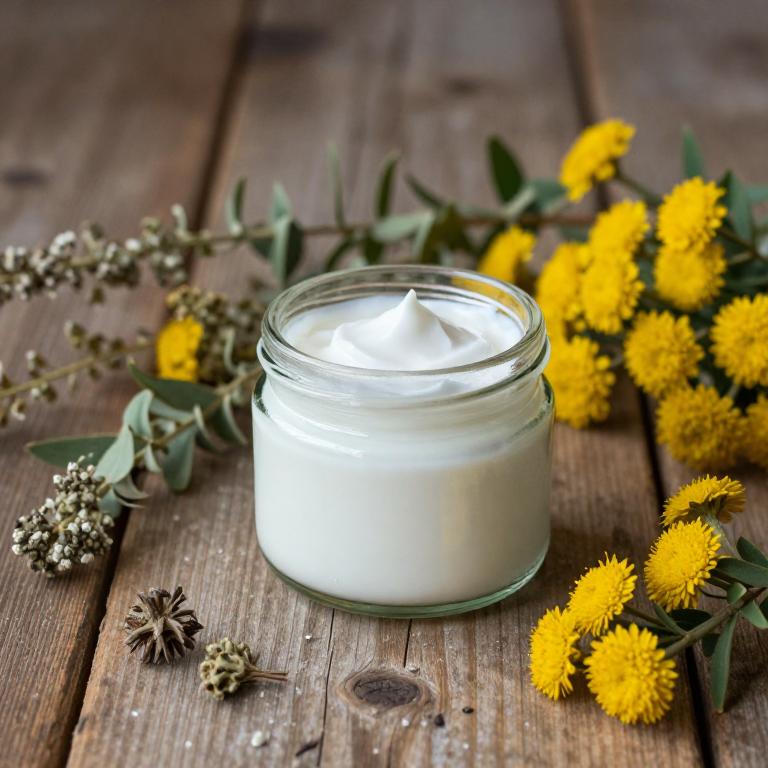
Hypericum perforatum, commonly known as St. John's Wort, is a herbal plant that has been traditionally used for its therapeutic properties.
When formulated into creams, it can be beneficial for treating pimples due to its anti-inflammatory and antimicrobial effects. The active compounds in hypericum perforatum, such as hypericin and flavonoids, help reduce redness and swelling associated with acne. These creams are often preferred by individuals seeking natural alternatives to conventional acne treatments.
However, it is important to consult a healthcare professional before use, as St. John's Wort may interact with certain medications.
3. Salvia officinalis
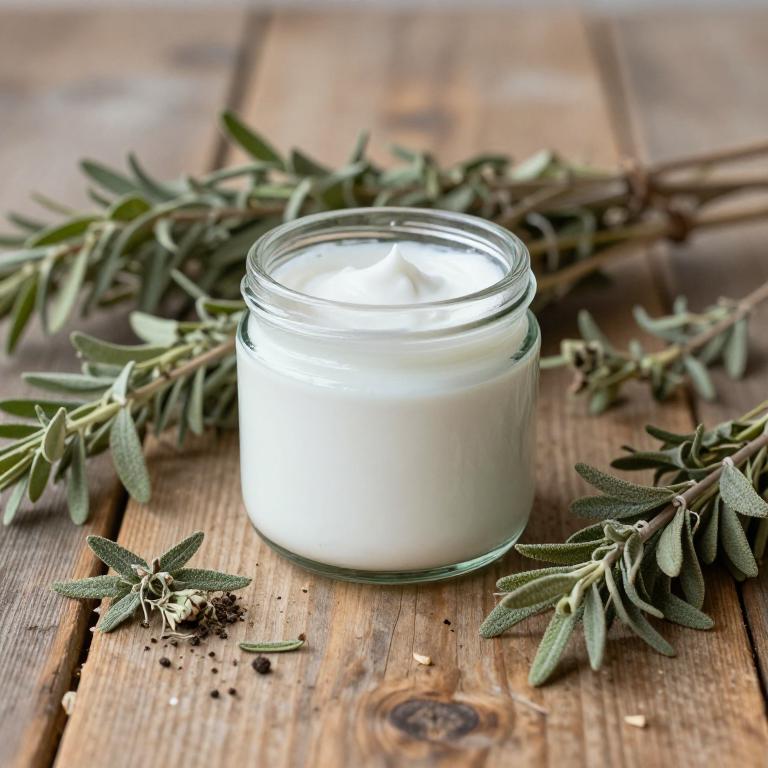
Salvia officinalis, commonly known as sage, is a herbal ingredient often used in the formulation of topical creams for treating pimples due to its anti-inflammatory and antimicrobial properties.
These creams typically contain sage extract, which helps to reduce redness, swelling, and bacterial growth associated with acne. The natural compounds in sage, such as rosmarinic acid and flavonoids, can soothe the skin and promote healing. When applied regularly, salvia officinalis herbal creams may help to clear existing pimples and prevent future breakouts.
However, it is important to consult a dermatologist before using such products, especially if you have sensitive skin or severe acne.
4. Zingiber officinale
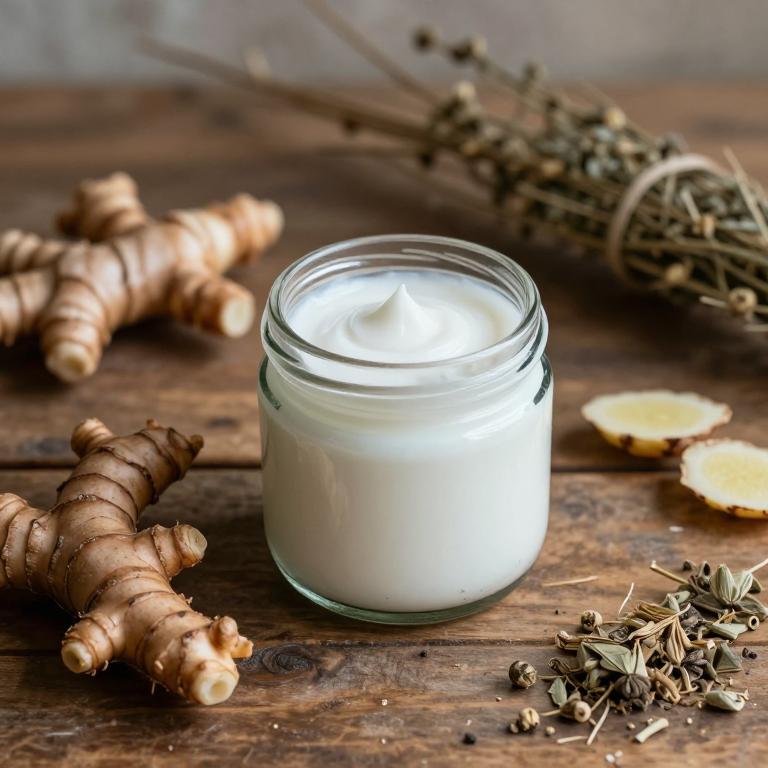
Zingiber officinale, commonly known as ginger, has been traditionally used for its anti-inflammatory and antibacterial properties, making it a popular ingredient in herbal creams for treating pimples.
These creams often contain ginger extract, which can help reduce redness, swelling, and bacterial infection associated with acne. The active compounds in ginger, such as gingerol and shogaol, work to unclog pores and soothe irritated skin. When applied topically, ginger-based creams may offer a natural alternative to conventional acne treatments with fewer side effects.
However, it is important to patch test these products to avoid potential skin irritation, especially for those with sensitive skin.
5. Rosa canina
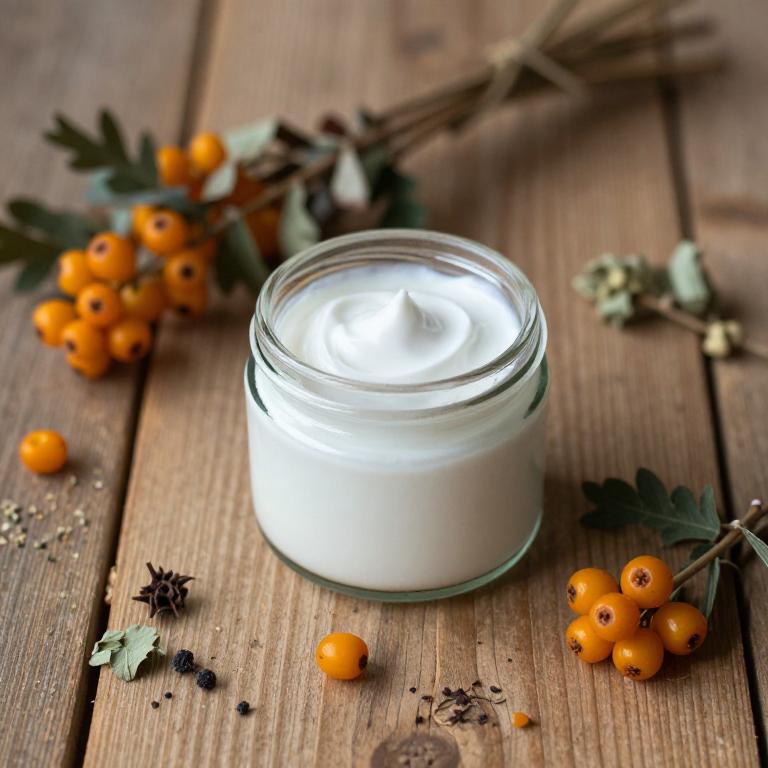
Rosa canina, commonly known as rosehip, is a natural ingredient often used in herbal creams for treating pimples due to its anti-inflammatory and antioxidant properties.
These creams are formulated with rosehip oil, which is rich in essential fatty acids and vitamin C, helping to soothe irritated skin and promote healing. The gentle nature of rosehip-based products makes them suitable for sensitive skin, providing a non-irritating alternative to conventional acne treatments. Regular use of rosa canina herbal creams can help reduce redness, swelling, and scarring associated with pimples.
Additionally, these creams may contribute to overall skin rejuvenation and a more even skin tone.
6. Chamomilla recutita
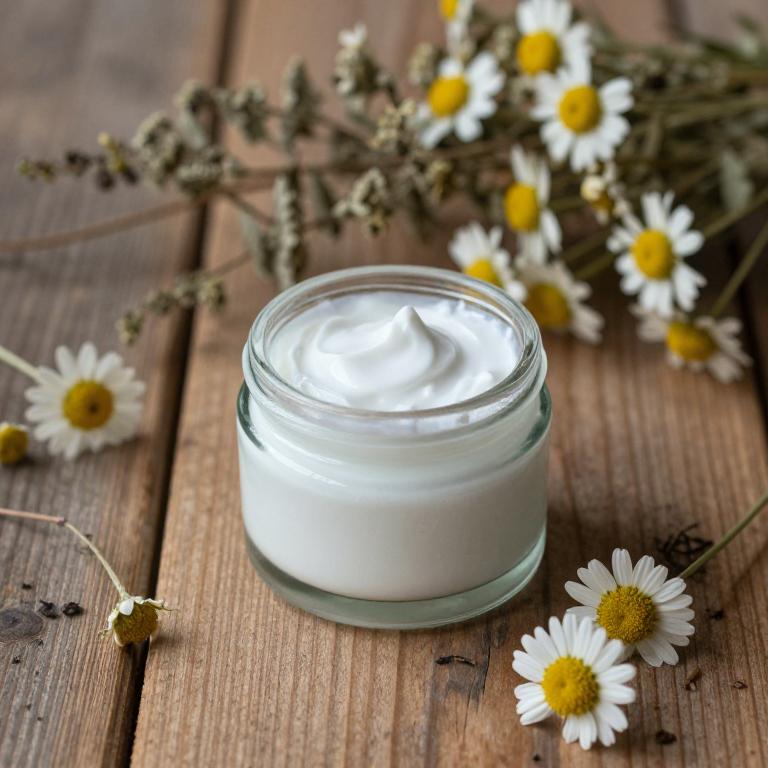
Chamomilla recutita, commonly known as German chamomile, is widely used in herbal creams for its soothing and anti-inflammatory properties.
These creams are often formulated with chamomile extract, which contains compounds like bisabolol and flavonoids that help reduce redness and irritation associated with pimples. The gentle nature of chamomile makes it suitable for sensitive skin, providing a natural alternative to conventional acne treatments. Regular application of chamomilla recutita herbal creams can help calm inflamed blemishes and promote skin healing.
However, it is important to patch test before use to ensure no allergic reactions occur.
7. Calendula officinalis

Calendula officinalis, commonly known as pot marigold, is a herbal remedy often used in the formulation of creams for treating pimples due to its anti-inflammatory and antimicrobial properties.
These creams typically contain calendula extract, which helps to reduce redness, swelling, and irritation associated with acne. The soothing effects of calendula can promote skin healing and may help prevent scarring from breakouts. Many natural skincare products incorporate calendula officinalis to provide a gentle, non-irritating alternative for those with sensitive or acne-prone skin.
When used consistently, calendula-based creams may support clearer, healthier skin by addressing the underlying causes of inflammation and bacterial growth.
8. Echinacea purpurea
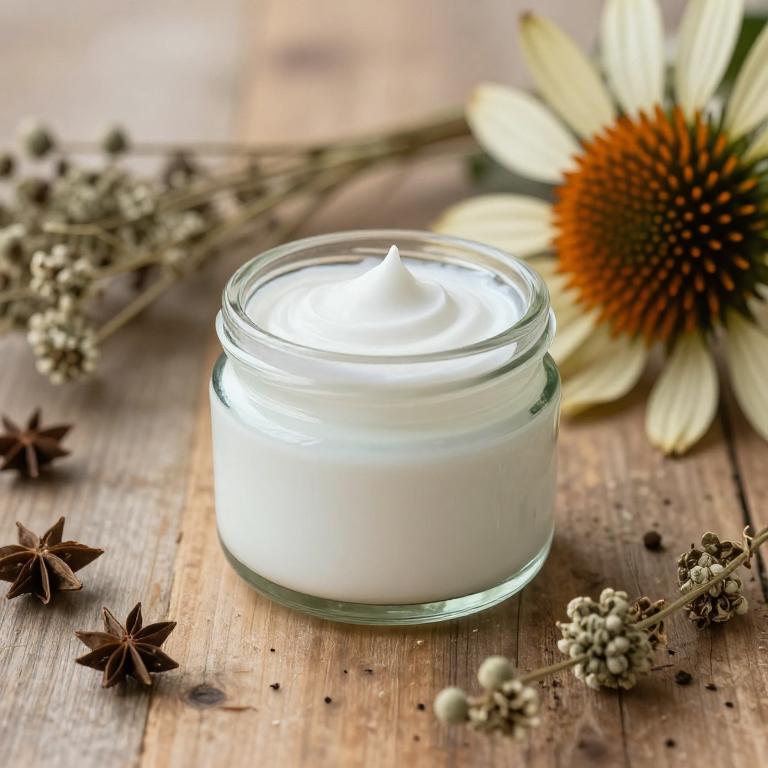
Echinacea purpurea, commonly known as purple coneflower, is a popular herbal ingredient used in natural skincare products, including creams designed to treat pimples.
These creams often leverage the anti-inflammatory and antimicrobial properties of echinacea to help reduce redness, swelling, and bacterial growth associated with acne. While some studies suggest that echinacea may support skin health, its effectiveness for treating pimples is still being researched, and results can vary among individuals. Many people use echinacea-based creams as part of a holistic approach to acne management, often in combination with other natural remedies.
However, it is important to consult a dermatologist before relying solely on herbal treatments for persistent or severe acne.
9. Centella asiatica
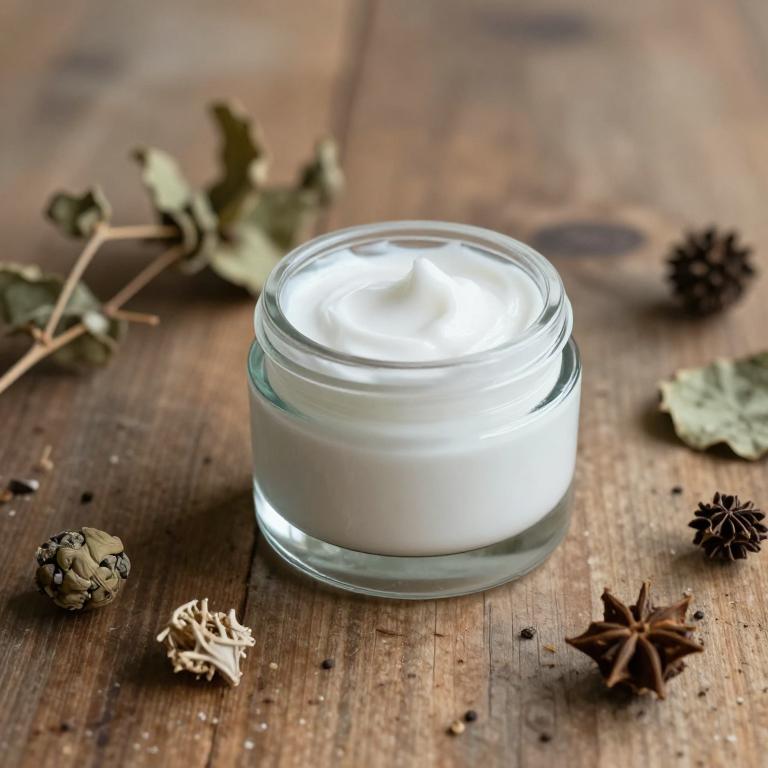
Centella asiatica, also known as gotu kola, is a traditional herb widely used in natural skincare for its healing and anti-inflammatory properties.
Centella asiatica herbal creams are formulated with extracts from this plant, which are believed to help reduce redness, soothe irritation, and promote skin regeneration. These creams are particularly beneficial for individuals with acne-prone skin, as they can help calm inflamed pimples and prevent scarring. The active compounds in Centella asiatica, such as asiatic acid and madecassic acid, support skin repair and enhance collagen production.
As a result, many users find these herbal creams to be a gentle and effective alternative to conventional acne treatments.
10. Lavandula angustifolia
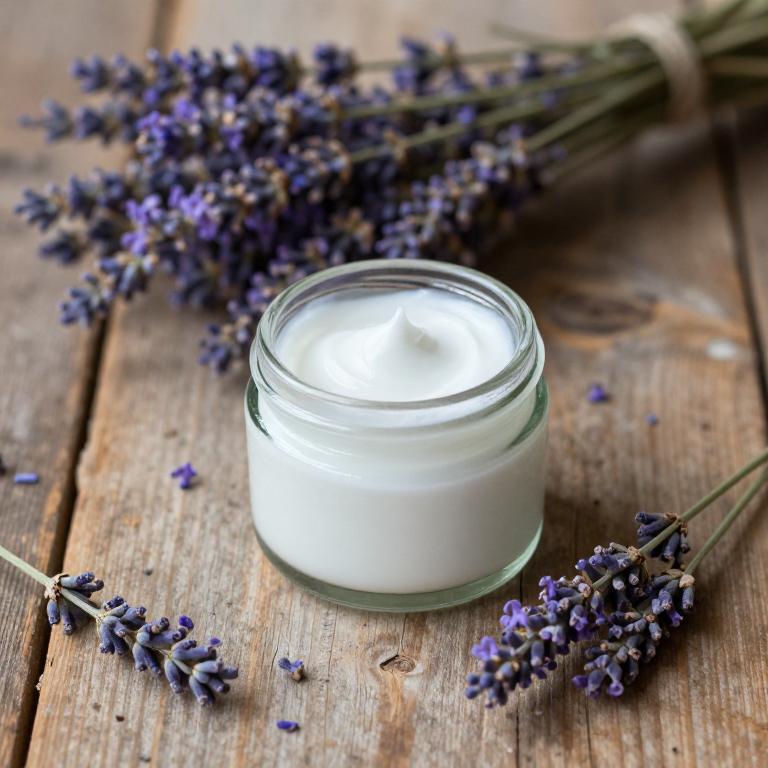
Lavandula angustifolia, commonly known as English lavender, is widely used in herbal creams for its soothing and anti-inflammatory properties.
These creams often contain lavender essential oil, which has natural antimicrobial and antiseptic qualities that can help reduce acne-causing bacteria on the skin. The calming scent of lavender also provides a relaxing effect, making it a popular choice for those seeking natural remedies for pimples. When applied topically, lavender-based creams can help soothe redness, irritation, and inflammation associated with breakouts.
However, it's important to perform a patch test before use, as some individuals may experience allergic reactions to the essential oils in these products.